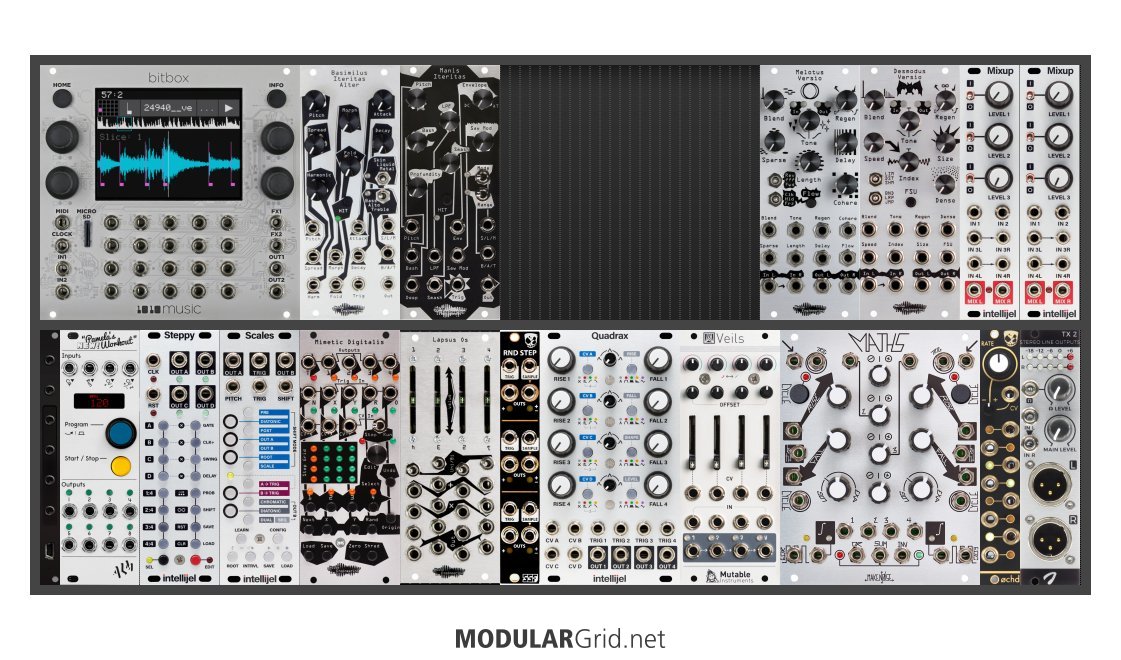+1 to sacguy71's point that modular drums sound pretty damn good. I DO own several of the nicer "groovebox" hardware pieces. I kind of always love some parts and hate others--I generally like the sounds, but don't like the sequencers or internal song data structure...
In the last few months I decided to go ahead and jump into Eurorack percussion. YES it is expensive and takes up HP in a rack. BUT I get to use my favorite sequencers AND the sounds are very good. Tiptop's versions of 808/909 I think are very strong and also decently priced per unit. THOSE things give me the kind of bouncy electronica percussion sounds I've been looking for yet never achieved with other stuff including loads of software.
The Jomox bass drum just recently arrived for me, I have yet to get it plugged in and tried out. I heard so many people praise it, I decided to give it a swing, as a strong yet versatile kick is very important in my setup.
Save to say, there's a bunch of good options in Eurorack. Furthermore if all one needs is kick snare hat, that is not too spendy on $s or HP. Worth a thought...

